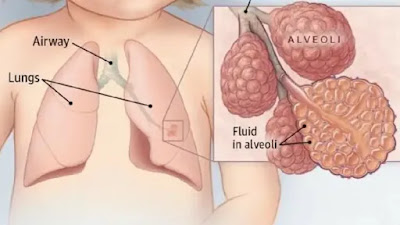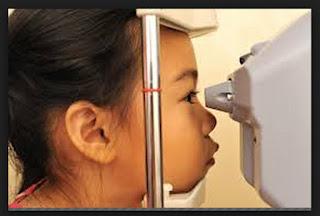Immunization status and Monitoring of physical growth
Immunization status
Why. to immunize
against poliomyelitis, diphtheria, pertussis, tetanus, measles, mumps, and rubella,
and against tuberculosis (BCG), hepatitis B, and possibly haemophilus influenza
B, as indicated by local policies. Inadequate immunization status at different
stages may also be an indicator of a child who is generally at risk.
How . by a review
of the child s health record , which should contain the recommended schedule of
immunizations . this can be done quickly by inspecting the home-based child s
record or by using a checklist placed at the front of a clinical chart .
When . at every
routine visit. The immunization schedule determines the timing if routine visit
. the immunization schedule determines the timing of routine visits for
well-child care and other screening. Immunization schedules vary from country
to country, but BCG and hepatitis B vaccine are usually given at birth and
other immunization are initiated at the age of 1-2 month . periodic community
–wide immunization to those who are not up-to-date ,have been successful in
reaching populations that do not regularly use health services.
Resource levels
required. Low for detection (enquiry , review of record ); low or medium
for intervention (vaccination).
Recommendation on use
of screening. Recommended. In communities with poor access to
services,there should be an outreach programme to screen all young children for
immunization status and correct any deficits, on a community –wide basis, not
only among those using institutional health services . schedules for
immunization should determine the timing of most well-baby checks. At every
visit for acute or preventive care, the opportunity should be taken to check
immunization status in relation to recommended schedules.
Monitoring of
physical growth
Why. To intensify
efforts to promote better nutrition among children with deficiencies, through
education and food supplements if available. If screening demonstrates that
nutritional problems are widespread in a community ,it would be advisable to
consider measures outside, as well as within, the health sector that could
improve nutritional status.
How . assessment
by parents, health workers and other caregivers of whether or not a child is
thriving. Documentation of child s growth curve (looking at the child s
progress in relation to prior measurements, rather than in relation to others
)may be a useful adjunct. The home- based child s growth card is a useful tool
for guiding screening.
A variety of methods have been used for monitoring children
s physical growth as a reflection of nutritional status as well as other
factors (united nations, 1986)weight for age, height for age, and weight for
height are most common as initial screening criteria, with arm circumference as
an aid an classifying degrees of malnutrition. various types of scales and
calibrated devices for measuring height and body circumferences have been
tested for use in developing countries (trowbridge & staehling, 1980; WHO
1986) the value of arm circumference measurement has been confirmed and is
considered by some researchers to be not only reliable but easiest for primary
care workers with limited training to perform (smith, 1989). Screening by arm
circumference has been found to detect a greater number of severely
malnourished children at a younger age
than screening by weight for height (smith, 1989).
When. At each
visit as determined by the immunization schedule.
Resource levels
required. Low for screening; medium, high , or very high for definitive
diagnosis . low, medium , high, or very high for treatment, depending on
condition identified.
Recommendation on use
of screening. Uncertain; early detection of inadequate weight gain
recommended. There is concern not only about the inappropriateness of applying
the same growth standards to diverse populations, but also about the lack of
evidence that growth monitoring per se results in improved child health in many
of the places where poor growth is particularly common (tanner et al.,
1987;nabarro & chinnock, 1988). The use of growth curves can lead to the
classification of a certain percentage of the population as abnormal . labeling
children as growing poorly even according to their own baseline can produce anxiety and often feelings of
guilt in parents, who may not be able to act to improve growth. Growth
monitoring can be useful, if it is part of an overall assessment of whether or
not a child is thriving and combined with an assessment of the psychosocial and
socioeconomic risks in the particular household. How ever , the cost of
population-wide screening and medical treatment should be balanced against that
of a primary prevention programme aimed at improving nutritional status for the
entire population, supplemented by early detection of poor growth, especially
In children considered to be in “at-risk” households.
Primary prevention of nutritional deficiencies on a
community- wide basis is preferable to investing resources in screening. Where
supplements are available or counseling has been shown to be effective, it may
be advisable to screen children for deficiencies in particular nutrients, such
as vitamin a (pratinidhi et al , 1987)



